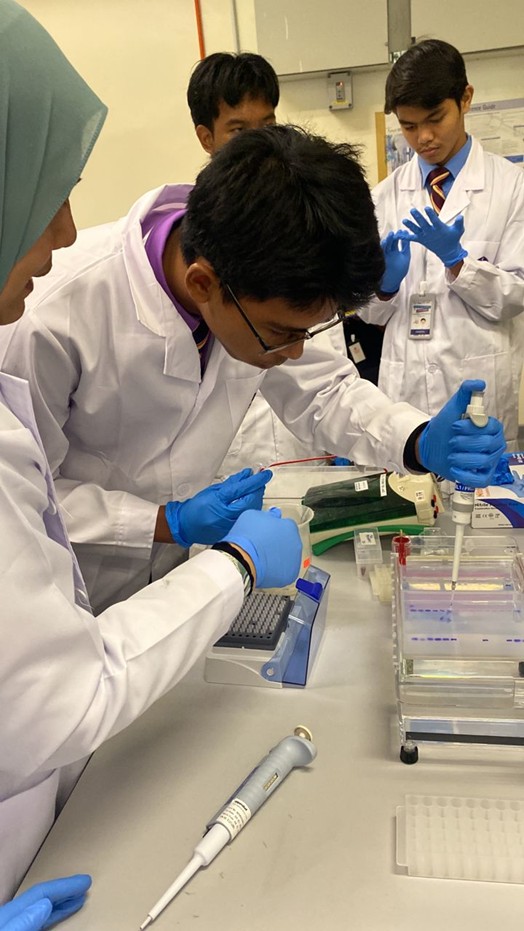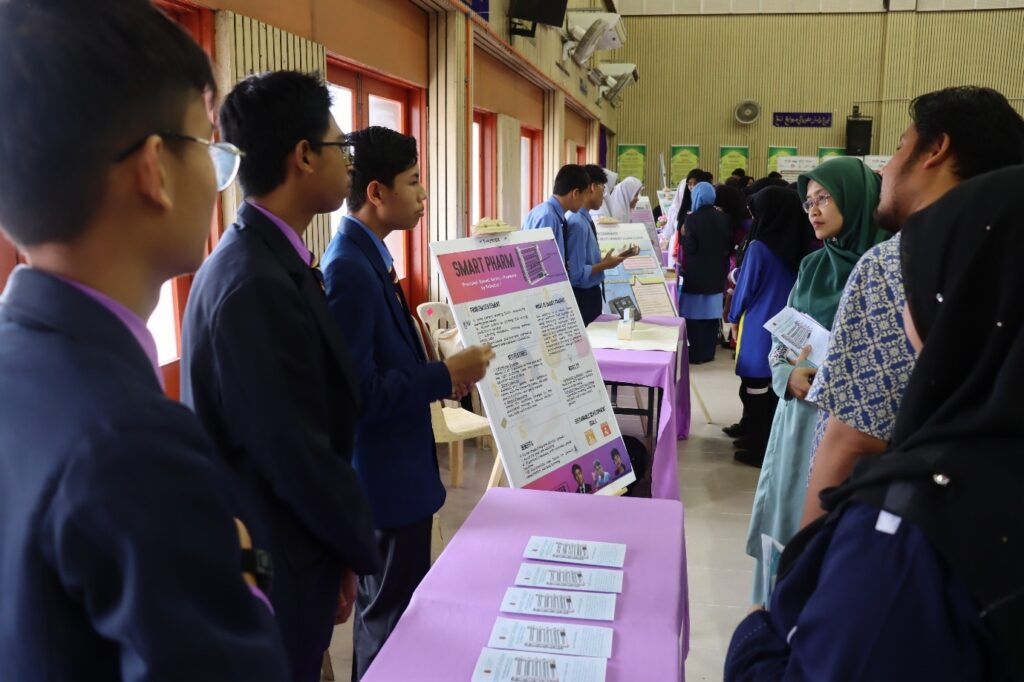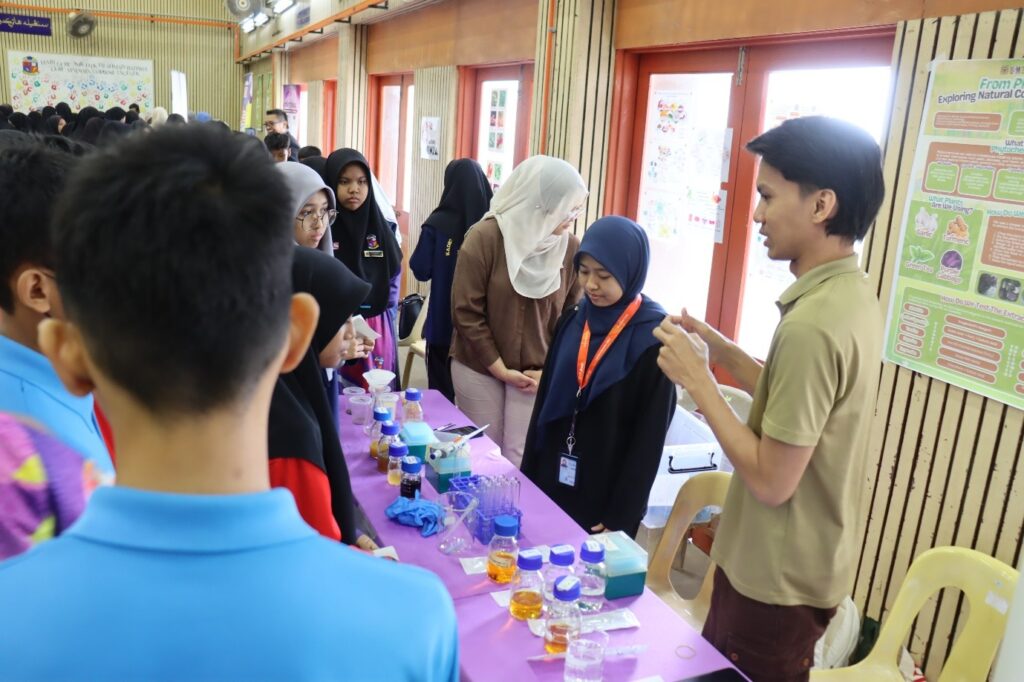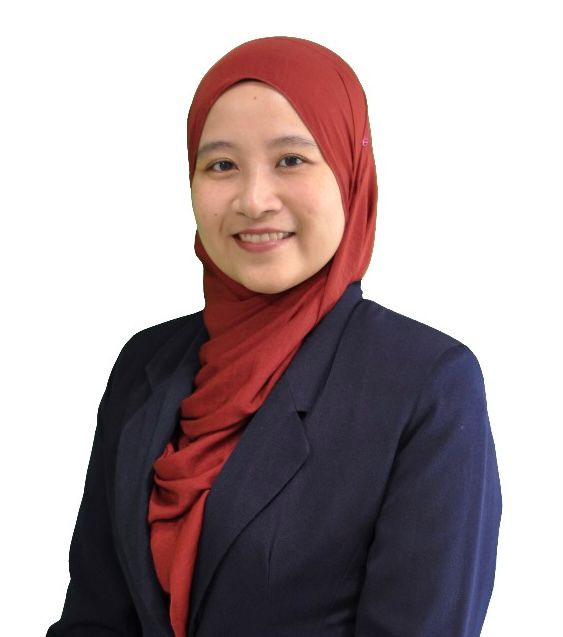By Nurulisa Zulkifle
STEM in schools is often reduced to formulas in textbooks, memorised definitions, laboratory experiments that follow standard protocols and examination drills. Yet STEM is more than that; it is a language of innovation every student must learn if Malaysia is to thrive in the decades ahead.
The goal was to show that innovation is not an abstract idea reserved for scientists in white coats, but a skill that can be nurtured, practised, and applied by students in ordinary classrooms. We chose to anchor it in one of humanity’s greatest health challenges: cancer.
Cancer is not a distant problem. In Malaysia, cancer cases are rising, and awareness often lags behind need. For many students, however, the disease feels abstract, something that affects “older people”, far removed from their own lives. By connecting STEM learning with cancer, the aim was to bridge that gap. If students could see how the same skills they used to solve a school canteen problem could also be applied to understanding biomedical research, they would begin to realise that science is not remote; it is woven into the very challenges that shape their families, communities and futures.

Design thinking in the classroom
Two schools in Kepala Batas, Pulau Pinang, SMK Datuk Haji Ahmad Badawi and SMK Bertam Perdana, were chosen to pilot this initiative. Lower secondary students were introduced to the principles of design thinking and asked a simple but transformative question: “What problems do you see around you, and how might you solve them?”
At first, their ideas revolved around the familiar: messy classrooms, long queues at the canteen, traffic near the school gate. But as they learned to empathise, define, ideate, prototype and test, something clicked. Innovation, they discovered, was not about big budgets or lofty titles. It was about curiosity, discipline and the courage to try.
Once they understood the method, they were shown how scientists use similar frameworks to tackle real-world biomedical challenges, including cancer. The leap from classroom to laboratory suddenly felt possible. The design-thinking journey culminated in a pitching session before researchers from the Advanced Medical & Dental Institute (IPPT) USM. The moment was not about perfect prototypes but about daring to innovate, to see themselves not just as learners but as problem-solvers whose voices matter.


From pitching to discovery
To broaden their horizons, the students joined a STEM and Cancer Exhibition that brought research to life through interactive booths and demonstrations. They moved between exhibits on cancer detection, plant-based remedies and robotics in healthcare, discovering how science cuts across disciplines and touches everyday life.
Some then visited IPPT’s laboratories, where they observed DNA gels, peered through microscopes and explored how data and biology intertwine. These were small encounters, but each offered that first spark of wonder, the thrill of seeing theory come alive.
The impact was tangible. Some students began to express interest in careers in medicine or biotechnology. Others felt, perhaps for the first time, that science was something they could belong to. Even for those who may never step into a lab again, the confidence they gained, the belief that science is not beyond them, is itself transformative. Experiences like these keep the STEM pipeline strong, showing students that science is not out of reach but within their grasp.
Building our future
The impact went far beyond academic knowledge. Students grew in creativity as they realised that problems could have more than one solution. They practised collaboration through teamwork and strengthened their communication skills by pitching ideas clearly. Above all, they developed confidence, the kind that comes from being taken seriously as problem-solvers. These are not just STEM skills; they are life skills, the same qualities required of the nation’s future scientists, entrepreneurs, doctors and citizens.
Innovation cannot be treated as optional. The world is moving rapidly in biotechnology, artificial intelligence and global health challenges. If students are only trained to memorise facts, they will be left behind. They must be prepared not only to consume knowledge, but to create it. That preparation cannot wait until university. It must begin earlier, when students are still discovering who they are and when they are most open to new experiences and new ways of thinking.
This approach reflects the nation’s wider vision. The Ministry of Science, Technology and Innovation (MOSTI), through the DSTIN 2021–2030, has identified the need to strengthen the STEM talent pipeline and cultivate future innovators as part of the national development agenda. The policy emphasises making STEM education experiential, engaging and transdisciplinary so that more students are drawn into the science stream.
Initiatives like this bring those aspirations to life by providing younger students with inspiration and exposure before they make critical choices about their academic pathways. As they present ideas, gather around STEM booths and explore real laboratories, one truth becomes clear: the future of science does not happen elsewhere. It begins here, in classrooms and communities, when young people are given the chance to imagine, to experiment and to innovate.
Preparing the next generation of innovators is a shared responsibility among scientists, educators, policymakers and society. Together, we can create the conditions where every student’s curiosity sparks the breakthroughs of tomorrow.

Dr Nurulisa Zulkifle is a researcher at the Advanced Medical and Dental Institute (IPPT), Universiti Sains Malaysia
